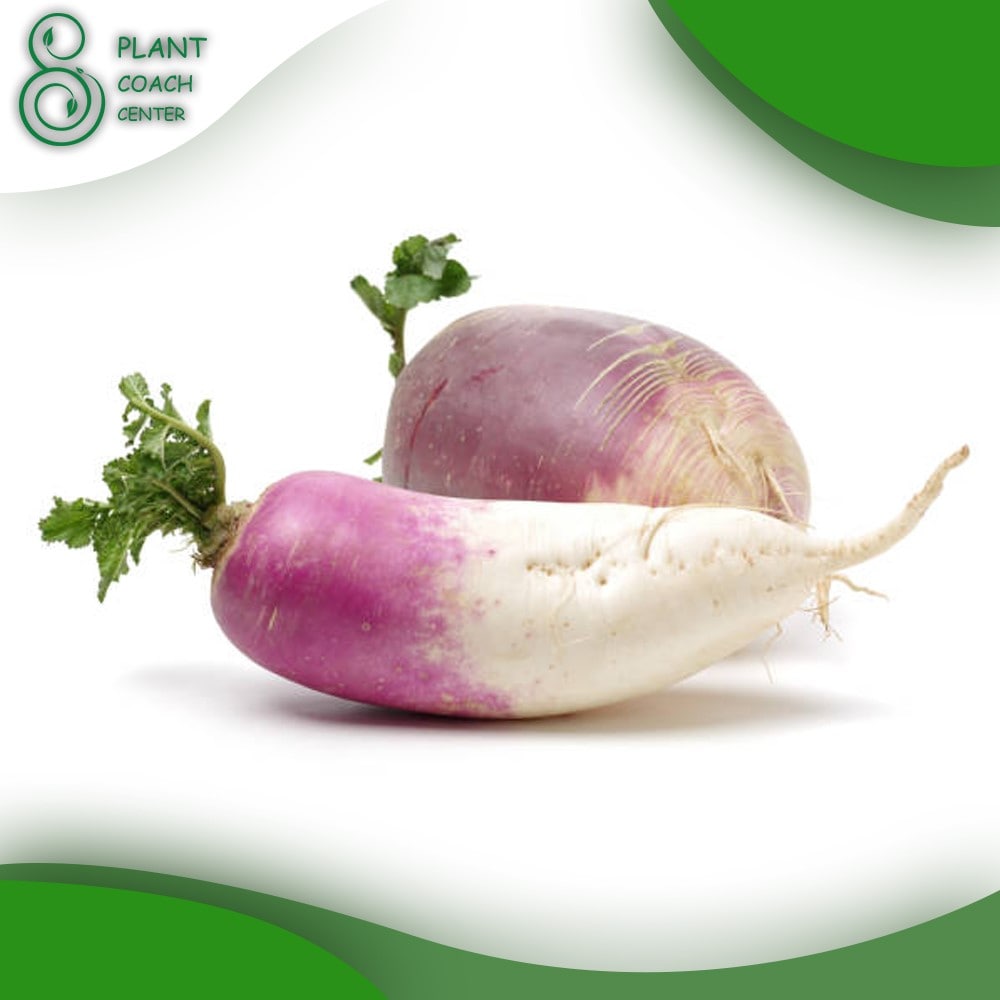When Do You Plant Turnips
Gardening has a way of soothing our souls and connecting us with nature. As you tend to your beloved garden, you might wonder about the perfect time to plant turnips.
This simple yet crucial piece of knowledge can make all the difference in a bountiful harvest. In this guide, we’ll explore the art of timing and reveal the secrets to a successful turnip crop. Let’s dig in and grow some delicious turnips together!
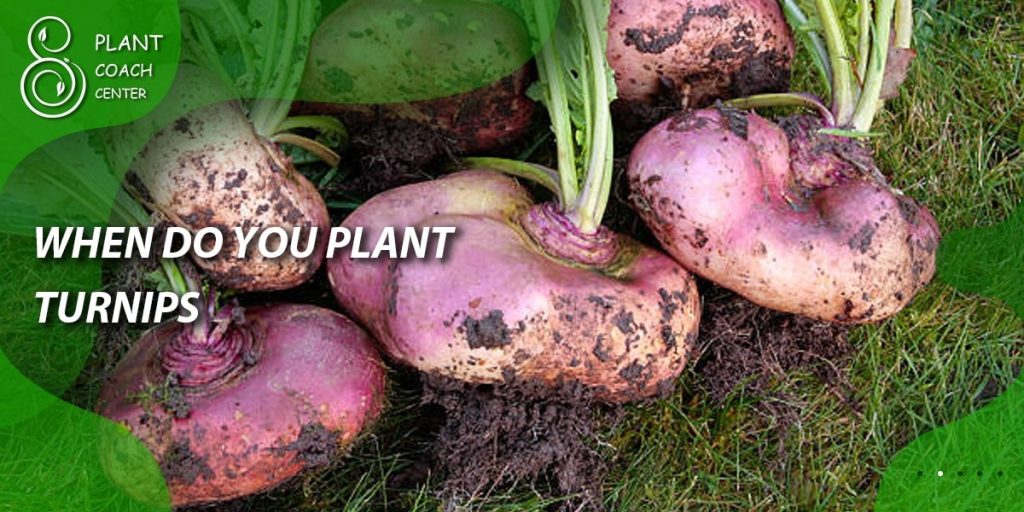
Benefits of Mastering Turnip Planting Timing:
Nothing tastes better than the fruits of your labor, and when it comes to turnips, the rewards are plentiful. By understanding the best time to plant turnips, you can reap numerous benefits:
Enhanced Yield:
Turnips are incredibly responsive to the temperature and weather conditions they experience during their early growth stages. By planting them at the right time, when the soil is just warm enough and the air is cool, you provide the ideal environment for their growth.
This results in a bountiful harvest of crisp, succulent turnips that will delight your taste buds and fill your kitchen with nature’s goodness. The joy of witnessing your turnip patch thriving with healthy plants and plump roots is an unparalleled reward for any gardener.
Optimal Flavor and Texture:
Timing plays a pivotal role in shaping the taste and texture of turnips. When grown in cool weather, turnips develop a sweeter, milder flavor, making them a delectable addition to various dishes.
The crispness and crunch that characterize well-timed turnips make them perfect for fresh salads, hearty soups, and flavorful roasted dishes. With each bite, you’ll savor the satisfaction of knowing you’ve cultivated the most flavorsome turnips possible, adding an extra dose of culinary delight to your meals.
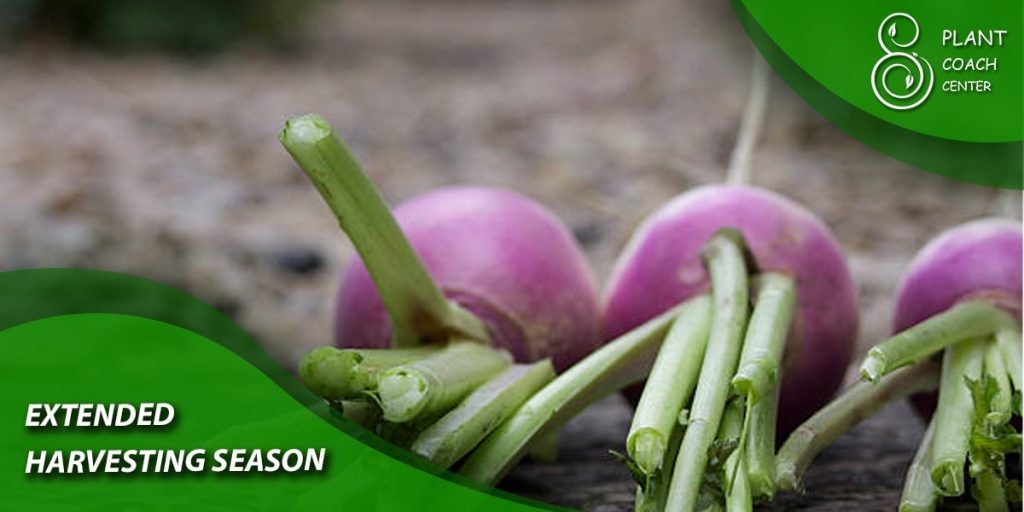
Extended Harvesting Season:
Wouldn’t it be wonderful to enjoy the bounty of turnips for an extended period? By carefully selecting the planting time, you can stagger your turnip sowings strategically.
This simple technique allows you to extend the harvesting season, ensuring a continuous supply of turnips even as the weather starts to change. As you relish each freshly picked turnip, you’ll find yourself appreciating the magic of nature’s timing, providing you with a steady stream of nourishing vegetables throughout the growing season.
Understanding Turnip Varieties and Their Specific Timing Needs:
In the world of turnips, a delightful array of varieties awaits, each with its own unique charm and culinary potential. To make the most of your turnip crop and ensure a successful harvest, it’s essential to understand the distinct preferences of each variety when it comes to planting time. Let’s explore the perfect planting times for different turnip types:
Salad Turnips:
If you crave the joy of farm-to-table freshness and love the idea of plucking turnips straight from the garden to your salad bowl, salad turnips are the perfect choice. These fast-growing, smaller turnips boast smooth skin and tender flesh, ideal for raw consumption. To enjoy their crisp and delicate flavor at its best, plant salad turnips in early spring, as soon as the soil becomes workable.
- Optimal Planting Time: Late winter to early spring.
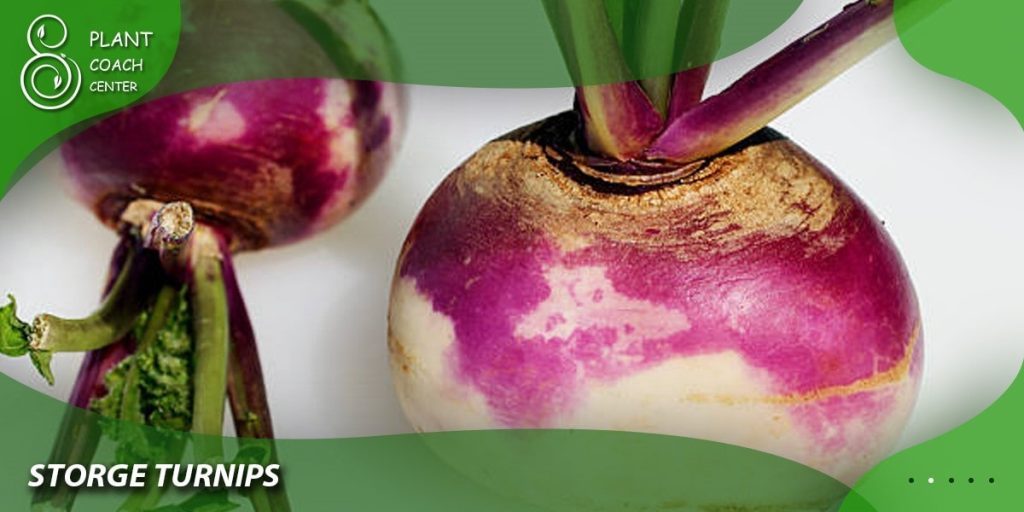
Storage Turnips:
For those looking to savor the earthy richness of turnips in hearty stews, warming soups, and comforting roasted dishes, storage turnips are the answer. These varieties take longer to mature, resulting in larger roots with denser textures and robust flavors. To ensure they reach their full potential and store well through the winter months, plant storage turnips in late summer or early fall, allowing them to benefit from the cool weather of the growing season.
- Optimal Planting Time: Late summer to early fall.
Mid-Season Turnips:
For flexibility and a continuous turnip harvest, consider the versatile mid-season turnips. These turnips adapt well to moderate temperature fluctuations, making them suitable for various regions and growing conditions. Plant mid-season turnips throughout the spring to ensure a steady supply of these delectable vegetables throughout the growing season.
- Optimal Planting Time: Springtime (throughout the spring season).
Pro Tip:
To extend your turnip harvest and enjoy a diverse selection of turnip delights, stagger your planting. Begin with early-season salad turnips in late winter or early spring, followed by mid-season turnips throughout the spring. End with late-season storage turnips in late summer or early fall.
This approach will keep your kitchen filled with fresh turnips from the beginning of the growing season until the cooler months arrive. By tailoring your planting time to the preferences of each turnip variety, you’ll be rewarded with a flourishing garden, abundant with turnips at their peak flavor and texture. So, plan your garden wisely, sow your seeds with care, and let the perfect timing bring forth a harvest that delights both the palate and the soul.
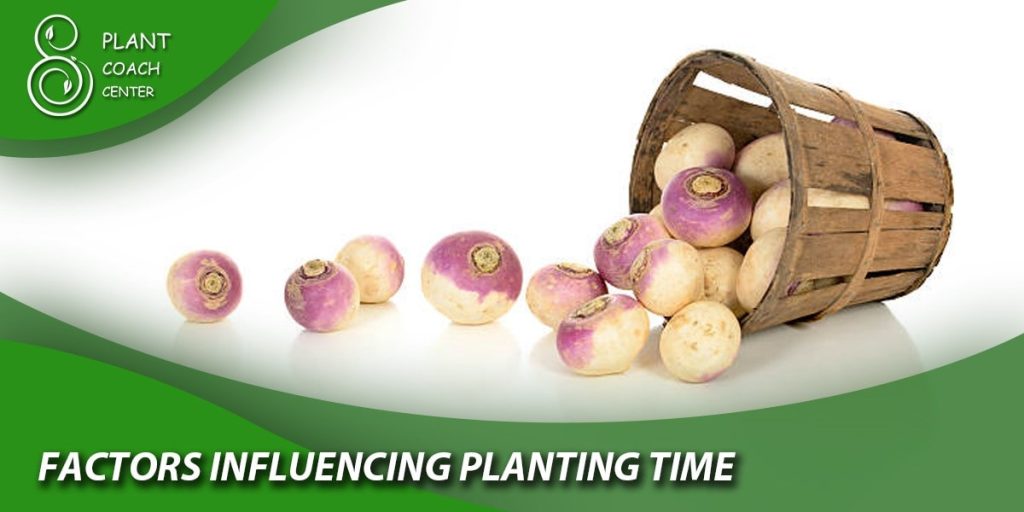
Factors Influencing Planting Time:
Turnips may be hardy, but they have their preferences too. Here are some factors to consider for successful planting:
Climate and Weather:
Turnips thrive in cool weather, embracing temperatures between 50°F to 65°F (10°C to 18°C). Planting too early during freezing temperatures or too late in scorching heat can disrupt their growth and development. Aim for the sweet spot when the weather is cool and pleasant to ensure healthy turnip growth.
Soil Preparation:
Turnips prefer well-draining, loose soil enriched with organic matter. Prepare the planting bed by loosening the soil to a depth of 12 inches. Incorporate compost or well-rotted manure to provide essential nutrients for turnip roots to flourish. A well-prepared soil bed sets the stage for a thriving turnip garden.
Fine-Tuning Planting Time:
Observe Local Climate and Microclimate:
Pay close attention to your local climate and microclimate variations. Note the first and last frost dates and the average temperatures during different months. Understanding your region’s weather patterns will help you select the best planting window for turnips.
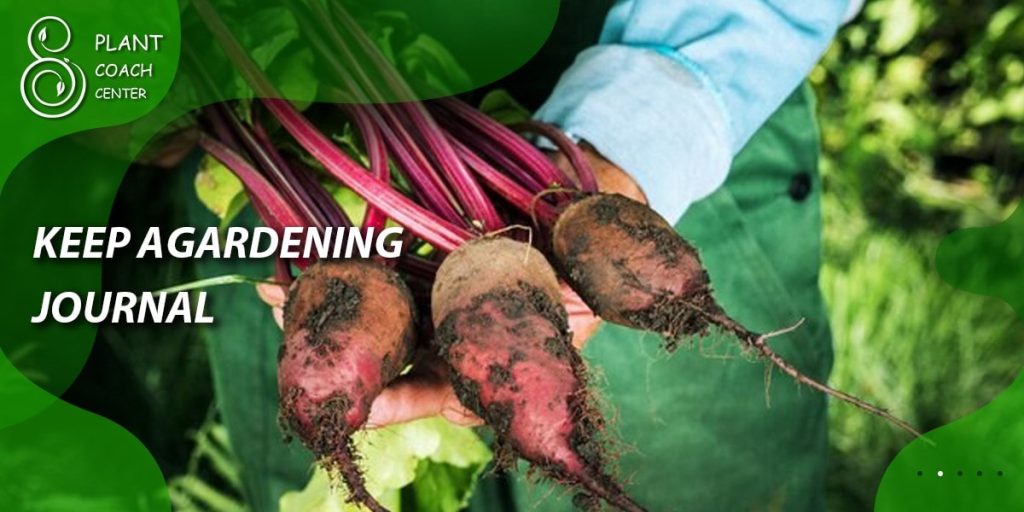
Keep a Gardening Journal:
Maintain a gardening journal to record your planting dates, observations, and outcomes. This valuable tool allows you to learn from past experiences, making it easier to adjust your planting time in subsequent seasons. With each entry, you’ll gain insights into the best times for sowing turnip seeds in your unique garden environment.
Planting Techniques and Tips:
Decide between direct seeding or transplanting turnips based on your preference and available resources. Ensure the proper seed depth and spacing for healthy root development. Water consistently but avoid waterlogging the soil. Use organic fertilizers and employ weed management and pest control strategies to maintain healthy turnip crops.
Care and Maintenance during the Growing Season:
Proper care and maintenance are crucial to a successful turnip harvest. Monitor nutrient requirements and address any deficiencies through fertilization. Implement weed and pest management to protect your crops from competition and damage. Remember to thin crowded seedlings and harvest turnips at the right size to prevent them from becoming woody.
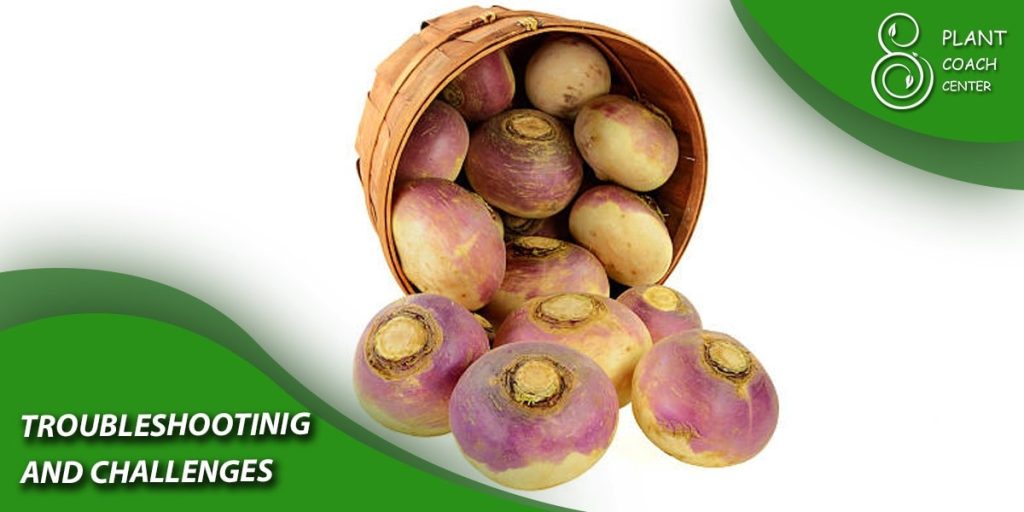
Troubleshooting and Challenges:
Slow Germination:
Slow germination can be frustrating, but it can be overcome with proper care. Ensure the soil temperature is within the ideal range for turnip seeds to sprout, which is generally between 50°F to 65°F (10°C to 18°C). Using a soil thermometer can help you monitor the temperature accurately.
Additionally, provide consistent moisture to the soil, as dry conditions can delay germination. Water the planting area regularly, but be careful not to overwater, as waterlogged soil can lead to seed rot.
Bolting in Spring:
Bolting is when the turnip plants prematurely produce flowers and seeds instead of developing the desired root. To prevent bolting in spring, opt for early-maturing turnip varieties. These varieties are bred to mature quickly, reducing the chances of bolting before the roots fully develop.
If you are growing turnips in regions with warmer spring temperatures, provide some shade to the plants during the hottest part of the day. This will help keep the soil and plants cooler, reducing the risk of bolting.
Frost Damage in Fall:
As fall approaches, the risk of frost increases, and turnip plants can be vulnerable to damage. To safeguard your turnips from cold temperatures, monitor weather forecasts regularly.
If frost is predicted, cover your turnip patch with frost cloth or other protective materials overnight. This simple step can protect the plants from frost damage and extend your harvest into the colder months.
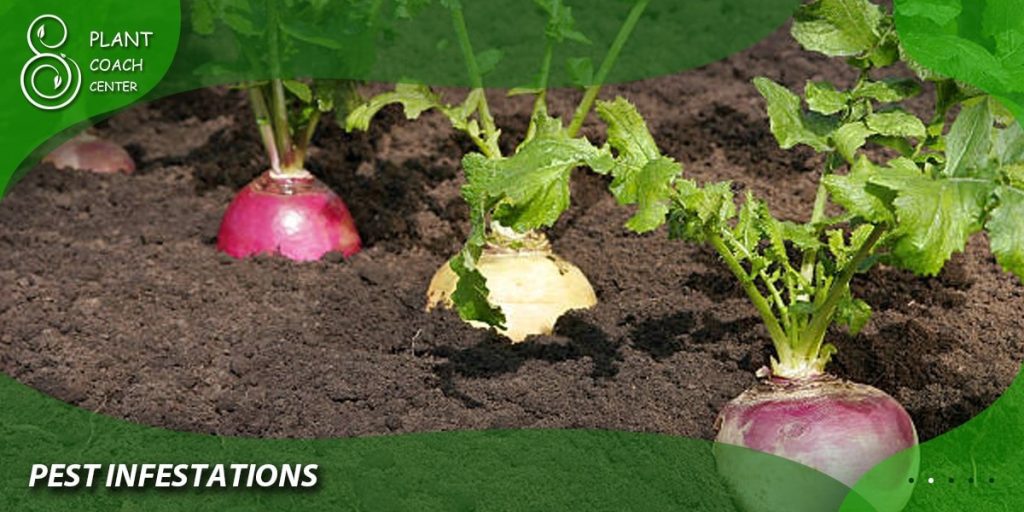
Pest Infestations:
Pests can be a significant threat to turnip crops, but employing Integrated Pest Management (IPM) techniques can help you manage them effectively.
Regularly inspect your turnip plants for signs of pest infestations, such as chewed leaves or wilting. If pests are detected, introduce natural predators like ladybugs or lacewings, which can help control the pest population naturally. You can also use natural remedies like neem oil to deter pests without resorting to harsh chemicals.
Clubroot Disease:
Clubroot is a soil-borne disease that can severely affect turnip plants, causing stunted growth and malformed roots. To combat this disease, practice crop rotation in your garden. Avoid planting turnips or other cruciferous crops in the same spot for consecutive years.
Clubroot-resistant turnip varieties are also available, which can be a wise choice if your garden has a history of clubroot. These varieties are bred to be more resistant to the disease, giving your turnips a better chance of thriving.
Conclusion
Congratulations on acquiring the knowledge to become a master of turnip planting! By understanding the importance of timing and selecting the right turnip varieties, you’re on your way to a harvest that brings delight to your garden and table.
Plant early-season turnips in late winter or early spring for sweet and crisp salad turnips, and opt for late-season turnips in late summer or early fall for heartier dishes. Embrace the diversity of turnip types to enjoy a continuous harvest. Overcome challenges like yellowing leaves and pests, and keep a gardening journal for future adjustments. Let your turnip patch thrive, and relish the joy of a successful turnip harvest! Happy gardening!
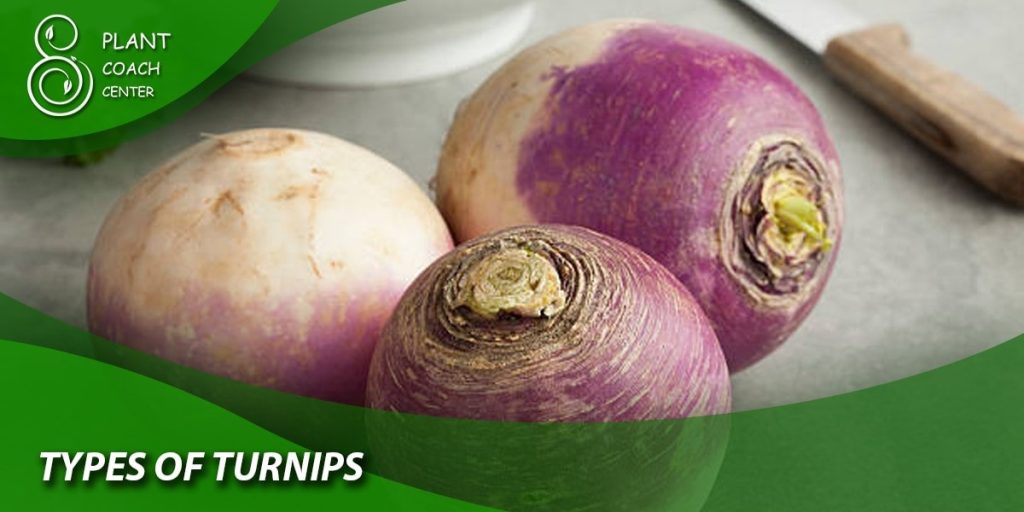
When is the best time to plant turnips?
Turnips thrive in cool weather, so early spring or late summer to early fall is ideal.
Can I plant turnips in summer?
Turnips can be planted in late summer for a fall harvest when temperatures are cooler.
How deep should I plant turnip seeds?
Plant turnip seeds about 1/4 to 1/2 inch deep in well-draining soil.
How often should I water turnip plants?
Keep the soil consistently moist but not waterlogged, watering about 1 inch per week.
Can turnips tolerate frost?
Yes, turnips are cold-tolerant and can withstand light frosts, enhancing their flavor.


